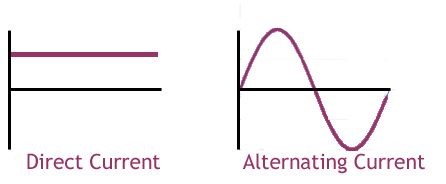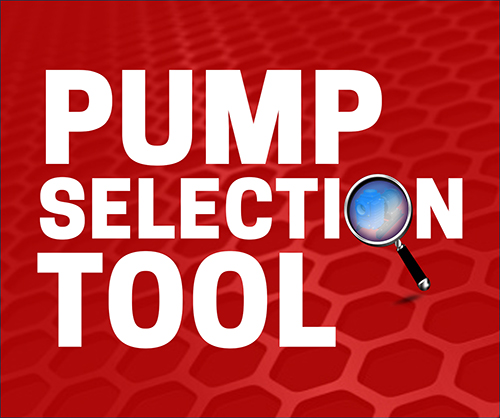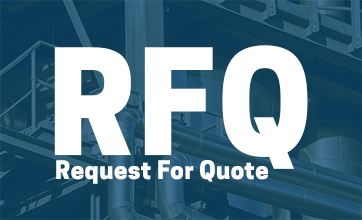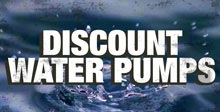What is 3-Phase Electricity?
- May 24, 2017
Perhaps you've listened to an old record with a sound technician and heard that they are "out of phase." The audio engineer is talking about sound waves, not electricity, but they are similar. Let's begin with a short review of electricity.
AC/DC Electricity 101
DC power (or Direct Current) flows in one direction on a circuit, while AC power (Alternating Current) flows both ways in a circuit. Hence, the wiring is different for DC and AC circuits, as well as for 3-phase AC power (more on this below). Their respective wave forms look something like this:

Or, thinking in terms of magnetic flux, the alternating current is always in flux as the rotor moves through the magnetic field, oscillating between positive and negative voltage. This flux creates the AC wave form, and thus, AC power, which most residential appliances run on. However, at certain points there is zero potential voltage when the wave crosses the X axis, and this can be a disadvantage to using single phase AC power in commercial-grade settings.
Larger appliances and commercial (or agricultural) settings have a higher load (greater demand or resistance), and therefore require more kW to function properly. But this also requires higher gauge wire, increased amps and volts, and places a higher demand on motors running on single phase AC power.
Enter 3-Phase AC Power
In the late 19th century, Galileo Ferraris and Nikolai Tesla discovered a way to remedy this situation with what we call 3-phase electricity. Essentially, 3-phase electricity is the AC wave form staggered at 120 electrical degrees to provide a more robust current that mimics DC power. The wave form looks something like this:

Advantages of 3-Phase Power
The main difference is that at no point in the wave form is the voltage potential zero (as in single phase). This results in at several advantages:
- Constant Power Potential. The voltage stays at a higher constant (like 208, 240 or 480 volts). Not only is this preferable, but it may be necessary in many circumstances when you're business or farm depends on consistent power. (For more on this, see "What is 3-Phase Electricity? (Part 2 of 2)")
- Cooler. Buildings and motors can run thinner (higher gauge) wire with 3-phase. This keeps the amps and the temperature lower.
- More efficient. Motors need less windings to produce the same amount (or more!) of power in watts. In business settings, efficiency equals money saved, which leads us to a fourth advantage.
- Money Saver. It's more economical to the consumer. How? Because 3-phase can run at a higher voltage with thinner gauge wire due to the lower amperage being used, this puts less demand on motors, therefore extending the life of your equipment. In short, 3-phase electricity runs faster, cooler, and more efficiently, thus making it an advantage to the manufacturer, farmer, or commercial business.
If you ever have the chance to run 3-phase electricity in your building, or if you're considering a 3-phase water pump and you have the capability of 3-phase electricity, it is always worth it. Take a look at our wide selection of 3-phase water pumps, by selecting 3-phase in the Left-hand navigation filters on our website. Of course, if you have other questions, feel free to call us at 888-264-2189.







